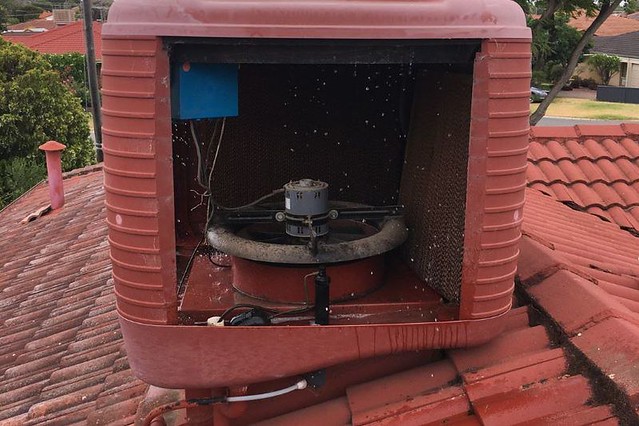
Benefits of PoE Surveillance Camera Systems
PoE (Power Over Ethernet) cameras send data and power over a single network cable, eliminating the need for separate cables and outlets. This simplifies installation and reduces cost.
When selecting a poe surveillance camera, consider the resolution and fps (frames per second). Evaluate night vision capabilities as well to ensure clear footage both day and night.
Easy Installation
PoE is a technology that allows Ethernet network cables to carry power as well as data, streamlining the installation process of wired cameras. Instead of running separate wires for power and data, a PoE camera gets both from one cable, which eliminates the need to hire a professional electrician and saves time and money.
To connect a PoE surveillance camera, start by connecting the router to a PoE switch or injector with an Ethernet cable. Then, run a second Ethernet cable from the router to each of your cameras (or to the first PoE switch for larger systems). Make sure all the wires have been crimped properly and that the connections are secure. Finally, connect the camera to a bracket and mount it in the desired location. It’s also a good idea to label all the Ethernet cables before you install your cameras or afterward, as this will make troubleshooting any issues that may arise in the future much easier and faster.
If you are installing a large number of cameras in a long-range deployment, you can use a PoE repeater to extend the transmission distance beyond 100 meters. Otherwise, you can simply link the camera to a PoE switch, which can then be connected to another PoE switch that is closer to your NVR. Make sure that the second PoE switch is configured with the same network ports as your NVR and is in the same layer of your LAN as the first.
No Tangling Cables
Unlike non-poe IP cameras, which require two separate cables to deliver both network and power, a poe surveillance camera system only demands one copper-based Ethernet cabling for both functions. As a result, the cabling work involved in installation is greatly simplified. This reduces the cost of installing a security camera system as well as saving money on hiring professional electricians.
The PoE feature also makes it much easier to scale a network camera system by simply adding additional switches or cameras. It’s recommended that you use a PoE switch that supports all the cameras poe surveillance camera in your network deployment. This way, the switches will provide power to all the cameras and network devices simultaneously.
Another benefit of using a PoE switch is that it provides better power reliability. When compared to relying on multiple wall adapters for each device, PoE ensures that all devices are receiving power properly at the same time. You can even create an uninterruptible power supply for the PoE switch to ensure that all your surveillance devices remain active during a power outage.
Whether you’re building an IP security camera network for your home or business, it’s essential to understand how PoE works and its benefits. With this knowledge, you’ll be able to choose the right PoE solution Solar Dual Lens WiFi Camera for your specific needs. This will help you avoid any possible issues that may occur during the installation process.
No Batteries
You don’t need to worry about replacing or recharging batteries when using PoE cameras. This means less maintenance time and effort and fewer expenses. It also reduces the chance of battery failure due to overcharging or exposure to extreme temperatures.
In addition, since PoE cameras work on their own local network, they do not require an internet connection to function. They can record footage to an SD card or NVR and provide on-device motion detection. They can even operate independently of a WiFi router, so you can place them in areas where it’s difficult to run an Ethernet cable.
Moreover, a PoE camera system can have centralized power management, so you can remotely reboot devices and adjust their power allocation. This can be a huge benefit for security professionals who are managing multiple locations and want to keep the cameras in top condition.
To choose the right PoE IP camera for your business or home, make sure you consider its field of view (FOV), zoom support (optical vs digital and manual vs motorized), and night vision capabilities. You should also evaluate the camera’s security features and determine whether it’s compatible with other devices on your network. To simplify your setup, purchase a complete PoE security camera system with an NVR and a router. This kit from Reolink includes 8 4K cameras with a 3TB HDD for 24/7 continuous recording.
Greater Flexibility & More Options for Camera Placement
A PoE network camera system works independently of your home or office network, avoiding shared bandwidth and Wi-Fi dead zones. These systems also require fewer cables, making them easier to install and maintain.
In addition, because a single Ethernet cable can carry data and power, these systems don’t need to be connected to a central hub or server. This provides greater flexibility, giving you more options for deploying cameras throughout your premises.
For example, you can place cameras in rooms that are hardwired but don’t have a router or internet access point, such as storage rooms, warehouses, barns, and other outbuildings. You can even use a managed PoE switch to connect multiple cameras in a room and broadcast their video footage over the internet for remote monitoring.
As an added benefit, PoE systems typically offer better image quality than wireless cameras. This is due to the fact that they have a higher bandwidth capacity and are more stable, resulting in sharper video footage. They also feature a built-in power source, eliminating the need for additional adapters and batteries. In addition, some advanced PoE products are engineered for safe and efficient power delivery, ensuring consistent power levels and protecting against short-circuiting and excessive current. This makes them substantially safer than traditional outlet-powered systems. The inherent power supply also provides a more reliable backup for your surveillance system, providing uninterrupted operation during a power outage.

